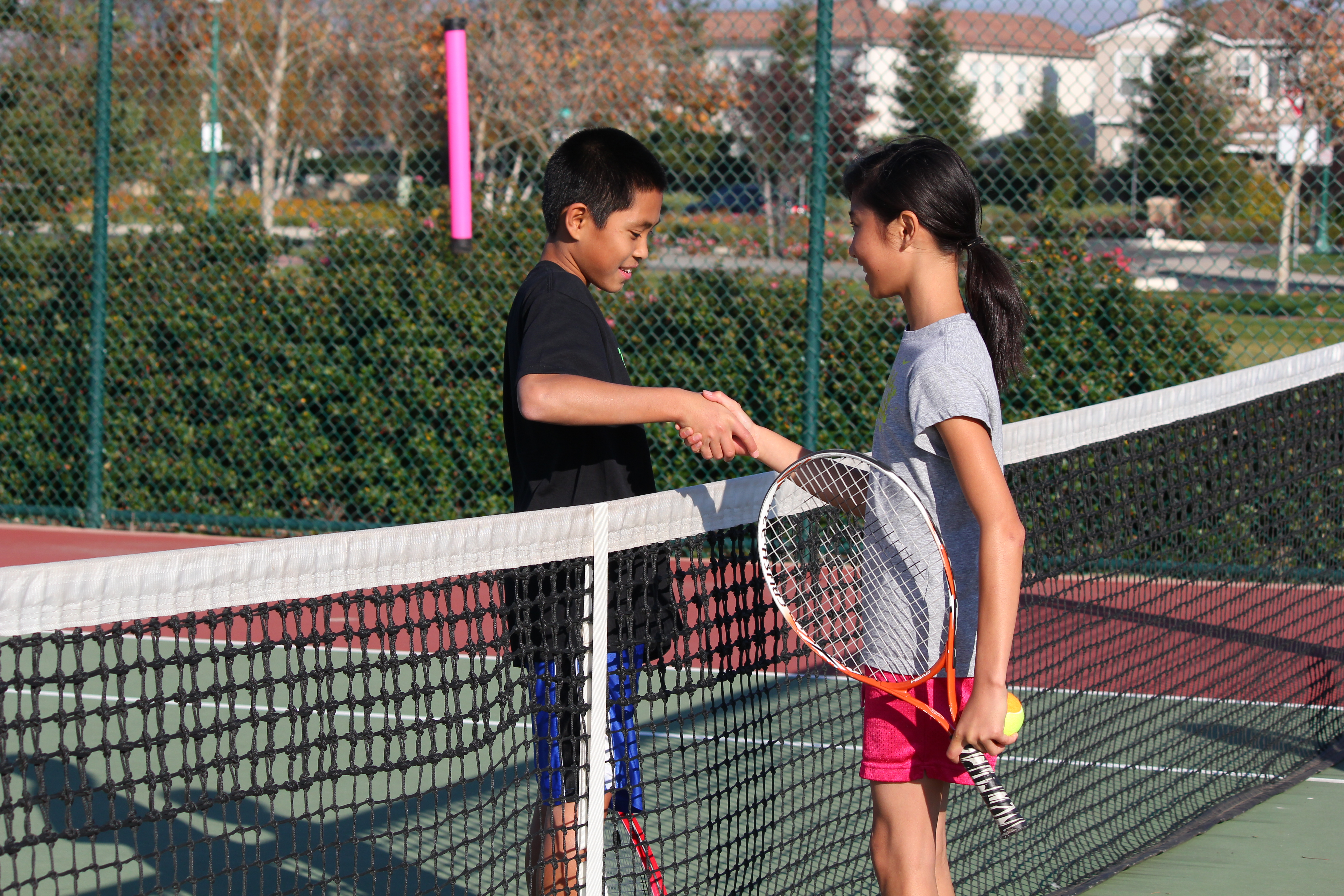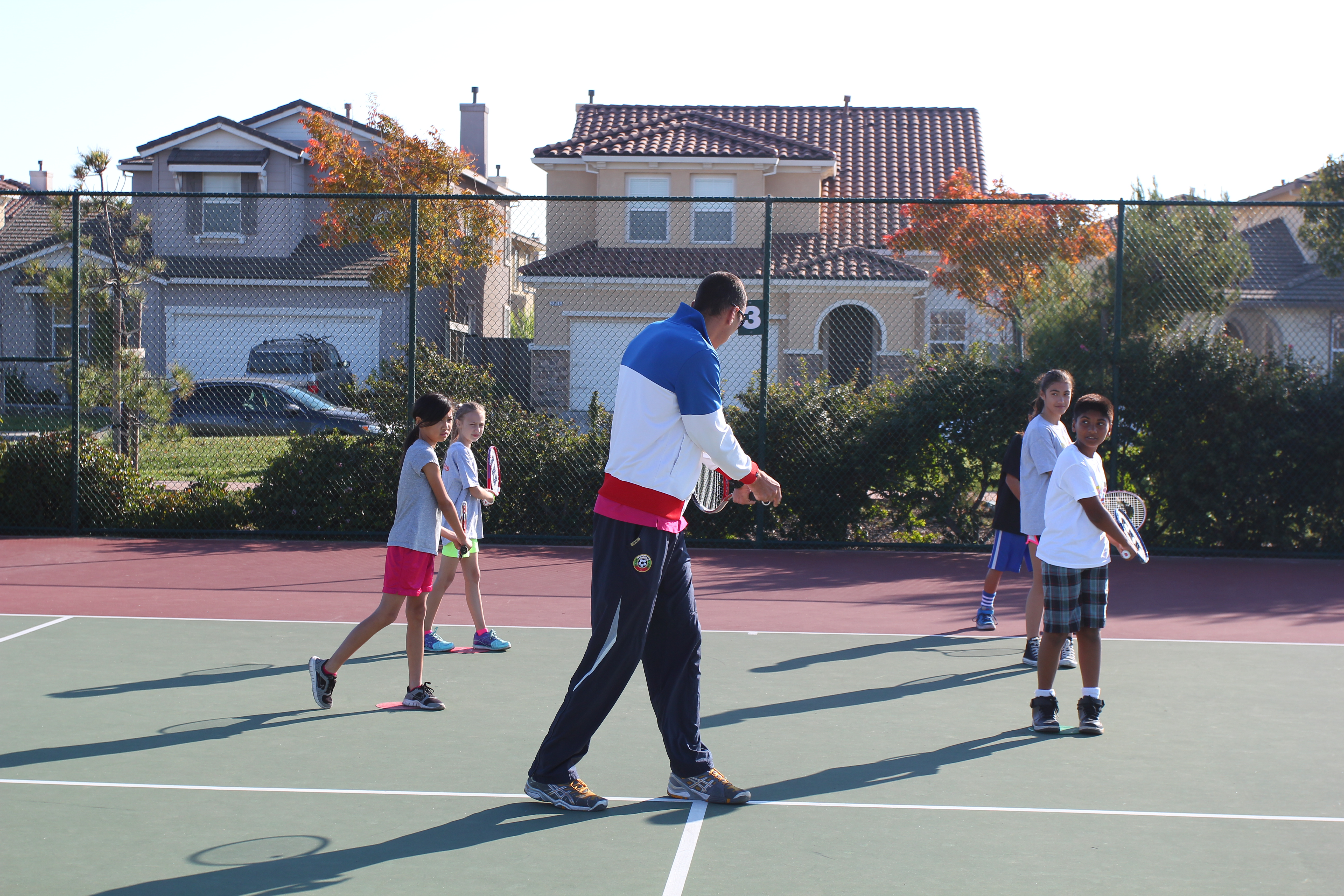Tennis Ball Types, Explained
Posted in: Blog | Published on: July 30, 2020 | Written By: admin
The equipment you choose when you decide to play a sport is an important decision. You need to make the proper choices, especially if you are going to be a serious player. For tennis, you need the right racket, the right tennis ball, and the right shoes, just for starters. Today, let’s focus on the different types of tennis balls.
The considerations of which tennis ball to choose is largely dependent upon the types of court you’ll be playing on, and the type of “bounce” you’ll want for your game. For beginning tennis players, you will also want to investigate “learning” or beginner tennis balls.
Tennis Balls for Beginners
Beginner tennis balls were crafted with learning in mind, slowing down the game a little to give you a chance to concentrate and re-play your shots more. These tennis balls come in three stages: the red ball is often used in mini-tennis; the orange ball is used on a 3/4 -length court; and the green ball offers a little less bounce than a normal tennis ball. Shooting for a little slower game in the beginning, while a player is still learning, provides more opportunities for rallies and more practice time.
Pressurized Balls vs. Non-Pressurized Tennis Balls
Pressurized balls are a little more expensive, but they can provide a better experience on the court. They are stiffer and bounce higher; however, they can also wear out faster than other tennis balls. Non-pressurized balls last longer and they provide a more stabilized game. The non-pressurized (also referred to as pressureless) tennis balls are often used more by the casual player.
Regular Duty Balls vs. Extra Duty Balls
Regular duty balls are designed for play on clay courts. Since balls tend to travel slower on clay courts, they are usually a thinner ball, and less fuzzy, so they won’t pick up as much clay during use. Extra duty balls, on the other hand, are thicker and fuzzier because they are designed to play on hard courts, or grass courts, and, therefore, can be used for a longer period of time.
When making decisions about the equipment with which you select to play tennis, keep these factors in mind and determine where and how you are mostly likely to play the game, as well as your skill level.
 R
R 



